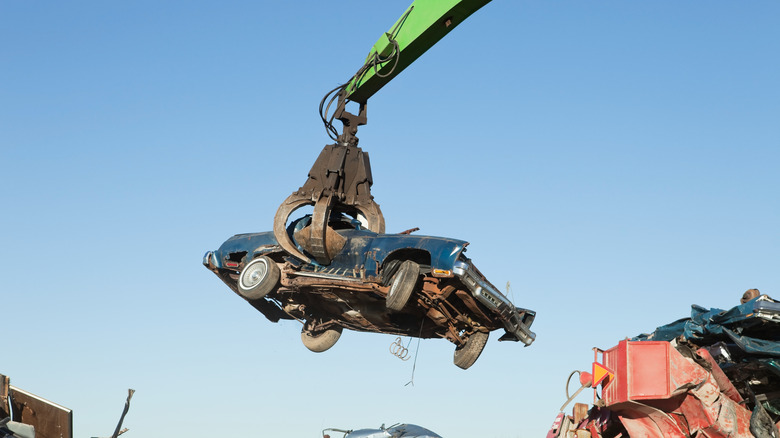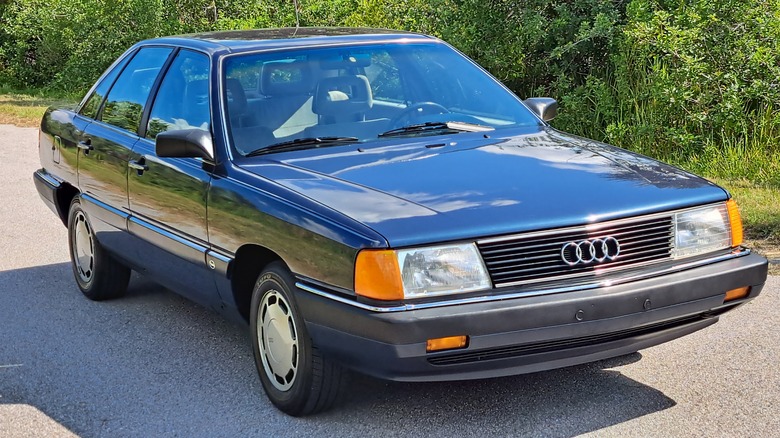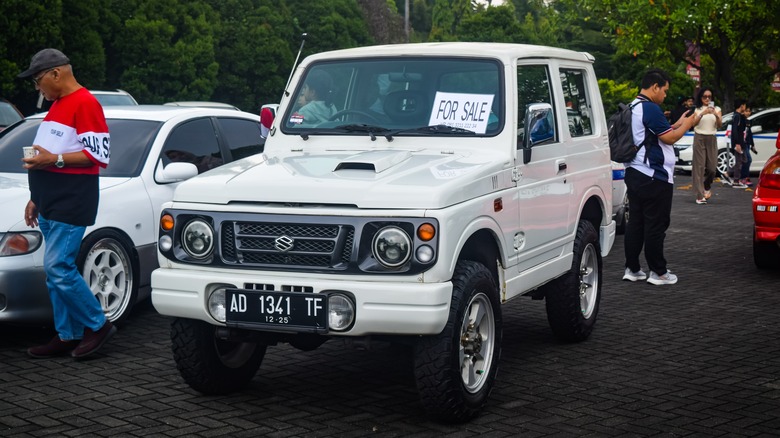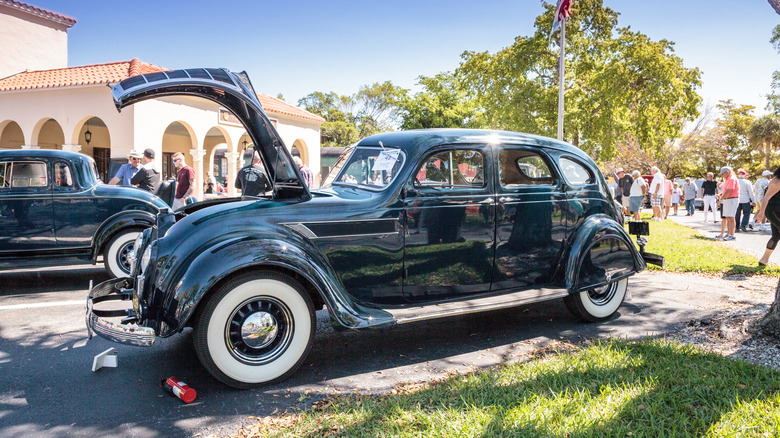
Banksphotos/Getty Images
By C. Gordon/
A car company never wants to hear the word «scandal» mentioned in the same sentence as their brand. It usually implies accidents, a massive recall of some sort, and the likelihood that many will stay away from purchasing that vehicle for years. Many massive car scandals occur for valid, damaging reasons. But there are others that seem to require a second look, in which the public reaction implied that the car was some sort of death trap, when in reality it was a minor issue that spun out of control.
This is usually the result of improper testing, driver error, and, in some cases, deceptive media stories that make the vehicle look so dangerous that you wouldn’t even dare activate the windshield wipers. It doesn’t mean that no one was ever hurt in a related accident, just that the reasons for the scandal were not as clear cut as initially presented.
Audi and unintentional acceleration

Daisy Heart/Shutterstock
Before the advent of self-driving cars, a vehicle that somehow accelerated on its own was a bit of an issue. Such was the implication of a «60 Minutes» segment from 1986, which featured a series of interviews with Audi owners asserting that their car accelerated without warning and led to an accident, despite them trying to brake. Naturally a demonstration was necessary, and the news story included an Audi surging forward without a foot on the pedal as if it were possessed. It was, in a sense — as a result of producers drilling a hole into the transmission beforehand and a compressor pumping air inside, leading to the driverless acceleration and a very exciting news segment.
Even though special effects tampering produced fake TV acceleration, there was an actual issue. The National Highway Traffic Safety Administration (NHTSA) noted that Audi idle-stabilization systems were defective, but that driver error may have contributed as well. It stipulated that «Some versions of Audi idle-stabilization system were prone to defects which resulted in excessive idle speeds and brief unanticipated accelerations of up to 0.3g. These accelerations could not be the sole cause of SAls, but might have triggered some SAls by startling the driver.»
Audi contended the so-called inadvertent acceleration was only due to the narrow spacing between the gas and brake pedals, suggesting that drivers were pressing the wrong one in the panicked moments before an accident, leading to brake failure. They modified the brake placement to address this, and installed 32,000 interlock devices to prevent the automatic transmission from shifting out of park unless the brake was pressed. Lawsuits piled up, sales dropped by the tens of thousands, and it took decades for Audi to recover.
Consumer Reports and the Suzuki Samurai SUV

Rakhmat Darmawan/Shutterstock
Sometimes a car scandal can come down to just a few words in a report. This was the case for the 1988 Suzuki Samurai SUV after Consumer Reports stated that the vehicle «easily rolls over in turns,» before giving it a «Not acceptable» rating. That use of easily had quite the impact. Suzuki sold approximately 120,000 Samurais by the time the story was published, and sales appeared to drop about 70 percent afterwards. Consumers did not want to drive a vehicle that apparently rolled over easily, for understandable reasons.
The problem is that the Samurai was actually easily able to stay on its four wheels. Suzuki contended that Consumer Reports worked really hard to make it tip, putting the vehicle to unreasonable types of tests in courses that were modified to induce a tip over, while implying that the SUV rolled over «easily» during normal driving conditions. The company protested, and gained the backing of the National Highway Traffic Safety Administration, which, along with other international agencies, rejected Consumer Reports’ rollover testing.
But the damage to the car’s reputation and sales had been done. The company attempted to move on, but what exacerbated the issue was Consumer Reports advertising the study years later in 1996. «They were bragging about their story,» a lawyer for Suzuki told the Washington Post at the time. A lawsuit was filed and settled. For their part, Consumer Reports contended that internal documents revealed Suzuki was aware of a rollover problem (a deadly defect that’s sometimes been a problem for SUVs), and defended their testing methods, but stated they «never intended to state or imply that the Samurai easily rolls over in routine driving conditions.» Regardless, it’s safe to say the two will never get along.
GM’s old problem with the Chrysler Airflow

SunflowerMomma/Shutterstock
Sometimes it’s not a media report or agency test that does indelible, unfair damage to a car brand’s reputation. Competitors can do it as well. The 1934 Chrysler Airflow was a game changer in design, and named as such for being one of the first car manufacturers to take wind resistance into account and create an aerodynamic body. Building the industry’s first full-scale wind tunnel on the advice of aviation pioneer Orville Wright, Chrysler engineers made the strange discovery that earlier models faced less wind resistance when driven backwards. Since driving backwards is not an option, they created a new streamlined body with a teardrop design far ahead of its time.
The public wasn’t receptive to the innovative look, and the vehicle struggled to sell, but what hurt the brand even more was GM launching a smear campaign against it. They seemingly saw the advanced design as a threat, and placed advertisements in the Saturday Evening Post claiming the Airflow was lifted from a top-secret GM design, then rubbing salt in the wound by arguing it was unsafe to drive as well. Neither of those things were true, but the already sluggish sales soon ground to a halt, and the Airflow was discontinued. While that style of vehicle ended up becoming a dominant force in the car industry, engineers had to wait more than a few years for the public to catch up.